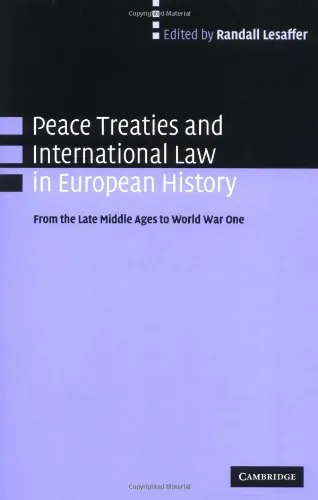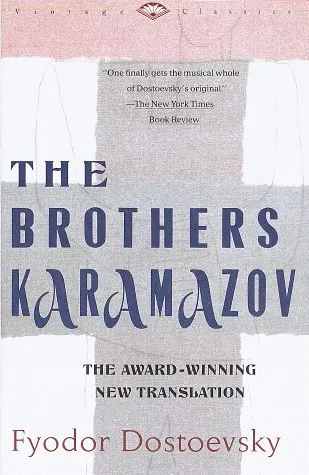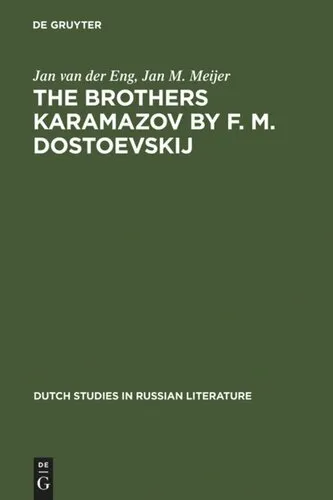Peace Treaties and International Law in European History. From the Late Middle Ages to World War One
5.0
Reviews from our users

You Can Ask your questions from this book's AI after Login
Each download or ask from book AI costs 2 points. To earn more free points, please visit the Points Guide Page and complete some valuable actions.Related Refrences:
Welcome to an exploration of the intricate relationship between peace treaties and the development of international law through the pivotal periods of European history, ranging from the Late Middle Ages to the onset of World War One. In 'Peace Treaties and International Law in European History,' we delve into how these treaties shaped and were shaped by the socio-political landscapes of their time.
Detailed Summary of the Book
In this comprehensive tome, the narrative begins by examining the evolution of peace treaties from the Late Middle Ages, a time when Europe was characterized by feudal relations and nascent statehoods. The book traces the gradual transformation of these agreements into instruments of international law, driven by the changing dynamics of power, religion, and politics. The Renaissance and the Reformation introduced new ideologies, which influenced the nature and content of peace treaties.
As the chronological journey advances, the book offers insights into the pivotal treaties of the Peace of Westphalia (1648), which laid the foundations for modern state sovereignty and diplomacy. The Enlightenment and the French Revolution brought about radical shifts, challenging the existing monarchical and imperial order, thereby reshaping peace-making endeavors.
Throughout the 19th century, the treaties emerged as complex instruments influenced by colonial ambitions, nationalism, and emergent democratic ideals. The book culminates with the analysis of the treaties that followed the Great War, setting the stage for a new European order, thus demonstrating the evolution of treaties as not just mere instruments of cessation of hostilities but as vehicles for wider legal and social transformations.
Key Takeaways
- Understanding the historical genesis of peace treaties offers insights into modern international law and relations.
- Peace treaties were deeply intertwined with the socio-political, economic, and religious contexts of their times.
- The evolution of peace treaties reflects a broader trend from feudal negotiations to sovereign state diplomacy.
- The influence of ideological shifts, such as the Enlightenment and nationalism, on the development of international law is significant.
- Peace treaties served as precursors to the modern system of international governance and law.
Famous Quotes from the Book
"Peace treaties are mirrors reflecting the true nature of the era’s geopolitical landscape they were produced within."
"The art of peace-making is not merely the cessation of war, but the crafting of a new order."
Why This Book Matters
'Peace Treaties and International Law in European History' serves as an essential read for historians, legal scholars, and anyone interested in the forces that have shaped the modern political world. This book underscores the importance of treaties in structuring international relations and offers a crucial context for understanding today’s legal frameworks governing international diplomacy. In dissecting the historic treaties, we understand their legacy and impact on the contemporary global order. This work highlights how historical precedents continue to inform and influence the principles of modern international law.
The detailed analysis and chronological examination provide readers with a clear understanding of the continuity and change in diplomatic practices over the centuries, thus reinforcing the critical link between past and present in international affairs.
Free Direct Download
Get Free Access to Download this and other Thousands of Books (Join Now)
For read this book you need PDF Reader Software like Foxit Reader
Accessing books through legal platforms and public libraries not only supports the rights of authors and publishers but also contributes to the sustainability of reading culture. Before downloading, please take a moment to consider these options.
Find this book on other platforms:
WorldCat helps you find books in libraries worldwide.
See ratings, reviews, and discussions on Goodreads.
Find and buy rare or used books on AbeBooks.






